Home>Construction & Tools>Building Materials>How To Remove Rust From Stucco


Building Materials
How To Remove Rust From Stucco
Modified: February 18, 2024
Learn effective methods for removing rust from stucco using common building materials. Keep your exterior surfaces looking clean and well-maintained.
(Many of the links in this article redirect to a specific reviewed product. Your purchase of these products through affiliate links helps to generate commission for Storables.com, at no extra cost. Learn more)
Introduction
Welcome to our comprehensive guide on how to remove rust from stucco. Stucco is a popular exterior finish for many homes and buildings, known for its durability and timeless appeal. However, one common issue that stucco surfaces may encounter is the development of rust stains, which can detract from the aesthetic appeal of your property. In this guide, we will delve into the various methods and techniques for effectively removing rust from stucco, as well as preventive measures to mitigate future occurrences.
Whether you are a homeowner or a professional contractor, understanding how to address rust on stucco is essential for maintaining the integrity and visual appeal of your property. By following the expert advice and practical tips outlined in this article, you will be equipped with the knowledge and tools necessary to tackle rust stains on stucco surfaces, restoring them to their original pristine condition.
So, let’s dive into the intricacies of rust on stucco and explore the best practices for removing and preventing it, ensuring that your stucco exterior remains a testament to both beauty and resilience.
Key Takeaways:
- Rust on stucco can be removed using DIY methods like vinegar and baking soda paste, or with commercial rust remover solutions. Regular maintenance and proactive measures can prevent rust, preserving the beauty of stucco exteriors.
- To prevent rust on stucco, property owners should inspect and maintain the surface, apply sealants, and ensure proper drainage. Understanding rust causes and employing effective removal methods are essential for maintaining stucco’s allure and resilience.
Read more: How To Remove Rust From Calipers
Understanding Rust on Stucco
Rust on stucco can be a source of frustration for property owners, as it not only tarnishes the appearance of the stucco surface but also indicates the presence of underlying corrosion. Stucco, a cement-based material, is typically applied over metal lath, and if the metal lath is exposed to moisture, it can lead to rust formation. Additionally, rust stains can also result from metal objects, such as outdoor furniture or fixtures, coming into contact with the stucco and leaving behind oxidized residue.
Understanding the nature of rust on stucco is crucial for determining the most effective removal methods. Rust stains are often stubborn and can permeate the porous surface of stucco, making them challenging to eliminate. Moreover, if left unaddressed, the underlying corrosion can compromise the structural integrity of the metal lath, potentially leading to more extensive damage.
It’s important to note that while rust on stucco is a common issue, it is not a reflection of the stucco material itself. Stucco is renowned for its resilience and longevity, and with the right maintenance and care, it can continue to adorn buildings for decades. By gaining insight into the causes and characteristics of rust on stucco, you can take proactive measures to safeguard your stucco surfaces from unsightly discoloration and structural deterioration.
Now that we have a deeper understanding of the implications of rust on stucco, let’s explore the materials needed and the methods for effectively removing rust stains from stucco surfaces.
Materials Needed
Before embarking on the task of removing rust from stucco, it is essential to gather the necessary materials to ensure a thorough and efficient cleaning process. Equipping yourself with the right tools and solutions will streamline the rust removal procedure and contribute to achieving optimal results. Here are the materials you will need:
- Rust remover solution: Invest in a high-quality rust remover specifically formulated for stucco surfaces. Look for a product that is safe for the environment and compatible with stucco materials.
- Vinegar or lemon juice: These natural acidic substances can serve as effective rust removal agents, particularly for mild to moderate rust stains.
- Baking soda: This household staple can be used to create a DIY paste for tackling rust stains on stucco.
- Stiff-bristled brush: A durable brush with stiff bristles is essential for scrubbing and agitating the rusted areas during the cleaning process.
- Pressure washer: If opting for a pressure washing method, ensure you have access to a suitable pressure washer with adjustable settings to prevent damage to the stucco surface.
- Protective gear: It is crucial to prioritize safety when working with cleaning solutions and pressure washing equipment. Wear protective gloves, goggles, and appropriate clothing to shield yourself from potential splashes and fumes.
- Bucket and sponge: These basic cleaning tools will come in handy for preparing and applying rust removal solutions to the affected stucco areas.
- Sealant or primer: Following the rust removal process, consider applying a stucco sealant or primer to protect the surface and prevent future rust formation.
By assembling these materials, you will be well-prepared to address rust stains on your stucco surfaces using the methods outlined in the subsequent sections. With the right materials at your disposal, you can approach the rust removal process with confidence, knowing that you have the essential tools to restore the pristine condition of your stucco exteriors.
Methods for Removing Rust from Stucco
When it comes to removing rust from stucco, various methods can be employed, each catering to different degrees of rust stains and personal preferences. From utilizing specialized rust remover solutions to harnessing the power of natural ingredients, there are several approaches to effectively eliminate rust from stucco surfaces. Let’s explore the key methods for removing rust from stucco:
- Method 1: Using a Rust Remover Solution
One of the most straightforward approaches involves using a commercial rust remover solution designed for stucco surfaces. These solutions are formulated to dissolve and lift rust stains without causing damage to the stucco material. Follow the manufacturer’s instructions for application and ensure adequate ventilation during the process. - Method 2: Using a DIY Paste
For mild to moderate rust stains, a DIY paste can be concocted using natural ingredients such as vinegar or lemon juice and baking soda. Create a thick paste and apply it to the affected areas, allowing it to sit for a period before scrubbing with a stiff-bristled brush. This method is eco-friendly and can yield favorable results for less severe rust stains. - Method 3: Using a Pressure Washer
Pressure washing is an effective method for addressing extensive rust stains on stucco surfaces. When employing a pressure washer, adjust the settings to a low to medium pressure to avoid damaging the stucco. Begin by applying a rust remover solution and then gently power wash the affected areas, gradually lifting the rust stains without compromising the stucco’s integrity. - Method 4: Hiring a Professional
In cases where rust stains are pervasive or the stucco surface requires delicate handling, enlisting the expertise of professional cleaners or restoration specialists may be the most prudent option. Professional cleaners possess the experience, equipment, and industry-grade solutions to effectively remove rust from stucco while ensuring the structural integrity of the surface.
By understanding these diverse methods for removing rust from stucco, you can tailor your approach based on the severity of the rust stains and your comfort level with DIY solutions. Each method offers unique advantages and considerations, empowering you to choose the most suitable approach for restoring the luster of your stucco exteriors.
Method 1: Using a Rust Remover Solution
Employing a rust remover solution is a reliable and efficient method for addressing rust stains on stucco surfaces. These specialized solutions are formulated to target and dissolve rust without causing harm to the underlying stucco material. When utilizing a rust remover solution, it is essential to follow the recommended application guidelines to achieve optimal results while safeguarding the integrity of the stucco.
The process typically involves the following steps:
- Preparation: Begin by preparing the affected stucco surface by clearing any debris or loose particles. This can be accomplished by gently brushing the area with a soft-bristled brush or using compressed air to remove surface contaminants. Ensure that the stucco surface is dry before proceeding with the application of the rust remover solution.
- Application: Apply the rust remover solution to the affected areas using a sponge, brush, or sprayer, depending on the product’s instructions. Ensure that the solution is evenly distributed over the rust stains, allowing it to penetrate and dissolve the rust. It is crucial to wear protective gear, including gloves and goggles, when handling the rust remover solution.
- Agitation and Dwell Time: After applying the solution, gently agitate the rusted areas with a stiff-bristled brush to facilitate the breakdown of the rust. Allow the solution to dwell on the stucco surface for the specified duration as per the manufacturer’s instructions. This dwell time enables the solution to effectively penetrate and lift the rust stains from the stucco.
- Rinsing and Inspection: Once the dwell time has elapsed, thoroughly rinse the treated stucco surface with clean water. Use a garden hose or pressure washer at a low setting to remove the rust remover solution and dislodged rust particles. Inspect the treated areas to assess the effectiveness of the rust removal process. Repeat the application if necessary to achieve the desired results.
- Post-Treatment: Following the rust removal process, consider applying a stucco sealant or primer to protect the surface from future rust formation and enhance its resilience against environmental elements. This additional step can prolong the longevity of the stucco and preserve its pristine appearance.
By meticulously following the steps outlined for using a rust remover solution, you can effectively eliminate rust stains from stucco while maintaining the structural integrity and aesthetics of the surface. This method offers a systematic and targeted approach to rust removal, providing a viable solution for restoring the beauty of your stucco exteriors.
To remove rust from stucco, mix equal parts of white vinegar and water, then scrub the affected area with a brush. Rinse with water and repeat if necessary.
Read more: How To Remove Stains From Stucco
Method 2: Using a DIY Paste
For mild to moderate rust stains on stucco surfaces, utilizing a do-it-yourself (DIY) paste can be a cost-effective and environmentally friendly approach to rust removal. This method harnesses the natural acidic properties of ingredients such as vinegar or lemon juice, combined with the abrasive action of baking soda, to create a potent rust removal paste. The DIY paste offers a non-toxic alternative for addressing rust stains while minimizing the use of harsh chemicals.
The process of using a DIY paste for rust removal typically involves the following steps:
- Paste Preparation: Begin by creating the DIY rust removal paste by combining either vinegar or lemon juice with baking soda to form a thick, spreadable consistency. The acidic nature of vinegar or lemon juice, coupled with the abrasive texture of baking soda, synergistically contributes to the breakdown and removal of rust stains on stucco surfaces.
- Application: Apply the prepared DIY paste to the rust-stained areas of the stucco using a spatula, brush, or sponge. Ensure that the paste is generously spread over the affected regions, covering the rust stains completely. Allow the paste to adhere to the stucco surface, enabling it to penetrate and interact with the rust deposits.
- Dwell Time and Agitation: Once applied, allow the DIY paste to dwell on the stucco for a sufficient duration, typically ranging from 15 to 30 minutes, depending on the severity of the rust stains. During this dwell time, the paste works to break down the rust, facilitating its removal. Periodically agitate the paste with a stiff-bristled brush to enhance its effectiveness in lifting the rust from the stucco surface.
- Rinsing and Evaluation: After the dwell time has elapsed, thoroughly rinse the treated stucco surface with clean water. Use a garden hose or sponge to remove the DIY paste and dislodged rust particles. Inspect the treated areas to evaluate the success of the rust removal process. Repeat the application if necessary to achieve the desired level of rust stain eradication.
- Post-Treatment: Following the rust removal process, consider applying a stucco sealant or primer to fortify the surface and prevent future rust formation. This proactive measure can help safeguard the stucco against potential rust recurrence, preserving its pristine appearance for an extended period.
By following these steps for using a DIY paste, you can effectively combat rust stains on stucco surfaces using natural and readily available ingredients. This method offers a sustainable and budget-friendly approach to rust removal, empowering you to restore the beauty and integrity of your stucco exteriors while minimizing environmental impact.
Method 3: Using a Pressure Washer
Employing a pressure washer is a powerful and effective method for addressing extensive rust stains on stucco surfaces. Pressure washing harnesses the force of pressurized water to dislodge and remove stubborn rust deposits, revitalizing the appearance of the stucco while minimizing the need for manual scrubbing. When utilizing a pressure washer for rust removal, it is essential to exercise caution and adhere to recommended guidelines to prevent damage to the stucco surface.
The process of using a pressure washer for rust removal typically involves the following steps:
- Surface Preparation: Prior to using the pressure washer, prepare the stucco surface by clearing any loose debris, dirt, and obstructions from the affected areas. This can be accomplished by gently brushing the surface with a soft-bristled brush or using compressed air to remove surface contaminants. Ensure that the stucco surface is dry and free of any loose particles before proceeding with the pressure washing.
- Rust Remover Application: Apply a rust remover solution to the affected stucco areas using a sprayer or sponge, ensuring comprehensive coverage of the rust stains. Allow the solution to dwell on the stucco surface for the recommended duration to facilitate the breakdown and loosening of the rust deposits. The rust remover solution primes the rust for effective removal during the pressure washing process.
- Pressure Washing Technique: Using a pressure washer with adjustable settings, such as a variable nozzle or adjustable pressure wand, begin power washing the treated stucco areas at a low to medium pressure. It is crucial to maintain a safe distance from the stucco surface and adjust the pressure settings to prevent damage. Employ sweeping motions and ensure even coverage while directing the pressurized water at the rust-stained regions.
- Rinsing and Inspection: Thoroughly rinse the stucco surface with the pressure washer, systematically removing the rust remover solution, dislodged rust particles, and residual debris. Exercise caution to prevent excessive pressure or prolonged exposure in a single area, as this can lead to damage to the stucco. Inspect the treated areas to evaluate the success of the rust removal process and address any remaining rust stains if necessary.
- Post-Treatment: Following the pressure washing process, consider applying a stucco sealant or primer to fortify the surface and mitigate future rust formation. This additional step serves to protect the stucco from potential rust recurrence, preserving its appearance and integrity over time.
By meticulously following these steps for using a pressure washer, you can effectively eliminate extensive rust stains from stucco surfaces, rejuvenating their visual appeal and structural resilience. This method offers a dynamic and efficient approach to rust removal, providing a comprehensive solution for revitalizing your stucco exteriors.
Method 4: Hiring a Professional
When confronted with pervasive rust stains on stucco surfaces or when seeking a hands-off approach to rust removal, enlisting the expertise of professional cleaners or restoration specialists can provide a reliable and comprehensive solution. Professional cleaning services possess the experience, industry-grade equipment, and specialized solutions necessary to effectively remove rust from stucco while ensuring the preservation of the surface’s integrity and aesthetics.
The process of hiring a professional for rust removal from stucco typically involves the following considerations:
- Assessment and Consultation: Upon engaging a professional cleaning service, a thorough assessment of the rust-stained stucco areas is conducted. The professionals evaluate the extent of the rust stains, the underlying causes, and the condition of the stucco surface to devise a tailored rust removal strategy. They may also provide insights into preventive measures to mitigate future rust formation.
- Specialized Equipment and Solutions: Professional cleaners utilize advanced equipment, such as industrial-grade pressure washers, and specialized rust remover solutions designed for stucco surfaces. These solutions are formulated to effectively dissolve and eliminate rust stains without compromising the structural integrity of the stucco.
- Execution of Rust Removal: The professionals meticulously execute the rust removal process, applying the appropriate solutions and employing targeted techniques to eradicate rust stains from the stucco. They exercise precision and care to ensure thorough rust removal while safeguarding the stucco material from damage or discoloration.
- Quality Assurance and Post-Treatment: Following the rust removal process, the professionals conduct a comprehensive inspection to verify the successful elimination of rust stains. They may also recommend and apply protective coatings, sealants, or primers to fortify the stucco surface and prevent future rust formation, ensuring the longevity of the restoration results.
- Professional Insight and Maintenance Guidance: Professional cleaners may offer valuable insights and maintenance guidance to property owners, equipping them with the knowledge to preserve the restored stucco surfaces. They may provide recommendations for routine maintenance practices and proactive measures to mitigate the risk of rust recurrence.
By enlisting the services of professional cleaners or restoration specialists, property owners can benefit from a comprehensive and meticulous approach to rust removal from stucco surfaces. This method offers an assurance of quality results, expert oversight, and long-term preservation of the stucco’s visual appeal and structural integrity.
Preventing Rust on Stucco
Preventive measures play a pivotal role in preserving the pristine condition of stucco surfaces and mitigating the risk of rust formation. By implementing proactive strategies and adhering to regular maintenance practices, property owners can safeguard their stucco exteriors from the detrimental effects of rust stains. Here are key preventive measures to prevent rust on stucco:
- Surface Inspection and Maintenance: Regularly inspect the stucco surfaces for signs of deterioration, cracks, or areas of compromised integrity. Address any identified issues promptly to prevent moisture ingress and potential corrosion of underlying metal components, such as metal lath, which can lead to rust formation.
- Proper Installation and Sealing: Ensure that stucco is installed by qualified professionals using industry-recommended practices. Properly installed and sealed stucco minimizes the risk of water infiltration, which is a primary contributor to rust formation on metal components embedded within the stucco structure.
- Primer and Sealant Application: Apply a high-quality stucco primer or sealant to the stucco surface to fortify its resilience against environmental elements and potential rust formation. These protective coatings act as barriers, shielding the stucco from moisture and inhibiting the onset of rust stains.
- Regular Cleaning and Maintenance: Implement a routine cleaning schedule for stucco exteriors to remove dirt, debris, and potential contaminants that can exacerbate rust formation. Periodic cleaning helps preserve the integrity of the stucco and minimizes the conditions conducive to rust development.
- Proactive Rust Treatment: Address minor rust stains promptly using DIY rust removal methods or commercial rust remover solutions. By proactively treating emerging rust stains, property owners can prevent the escalation of rust-related issues and preserve the visual appeal of their stucco surfaces.
- Proper Drainage and Ventilation: Ensure that the surrounding landscape and drainage systems are designed to channel water away from the stucco surfaces. Additionally, promote adequate ventilation to prevent moisture accumulation, which can contribute to rust formation on embedded metal components.
By integrating these preventive measures into stucco maintenance practices, property owners can proactively mitigate the risk of rust formation and preserve the enduring beauty and structural integrity of their stucco exteriors. Embracing a proactive approach to rust prevention is instrumental in sustaining the longevity and allure of stucco surfaces, ensuring their resilience against the detrimental effects of rust stains.
Read more: How To Remove Rust From Screwdriver
Conclusion
As we conclude our comprehensive guide on removing rust from stucco, it is evident that addressing rust stains on stucco surfaces requires a nuanced approach that considers both the nature of rust and the resilience of stucco materials. By understanding the causes of rust on stucco and implementing effective removal methods, property owners can restore the pristine appearance of their stucco exteriors while fortifying them against future rust formation.
From utilizing rust remover solutions and DIY pastes to employing pressure washers and seeking professional assistance, there are diverse methods available for combating rust stains on stucco. Each method offers unique advantages and considerations, empowering property owners to choose the most suitable approach based on the severity of rust stains and their comfort level with DIY solutions.
Furthermore, preventive measures play a crucial role in preserving stucco surfaces and mitigating the risk of rust formation. Regular inspections, proper installation practices, protective coatings, and proactive rust treatment contribute to the long-term resilience of stucco exteriors, ensuring their enduring beauty and structural integrity.
By equipping property owners with the knowledge and tools to address rust on stucco, this guide aims to empower individuals to maintain the allure and durability of their stucco exteriors. Through a combination of proactive maintenance, effective rust removal techniques, and preventive strategies, property owners can uphold the timeless elegance of stucco while safeguarding it against the blemishes of rust stains.
As you embark on the journey of rust removal and preventive maintenance for your stucco surfaces, remember that each step taken contributes to the preservation of your property’s visual appeal and structural resilience. With a proactive mindset and the right resources at your disposal, you can ensure that your stucco exteriors stand as testaments to both beauty and endurance, free from the tarnishing effects of rust.
Frequently Asked Questions about How To Remove Rust From Stucco
Was this page helpful?
At Storables.com, we guarantee accurate and reliable information. Our content, validated by Expert Board Contributors, is crafted following stringent Editorial Policies. We're committed to providing you with well-researched, expert-backed insights for all your informational needs.
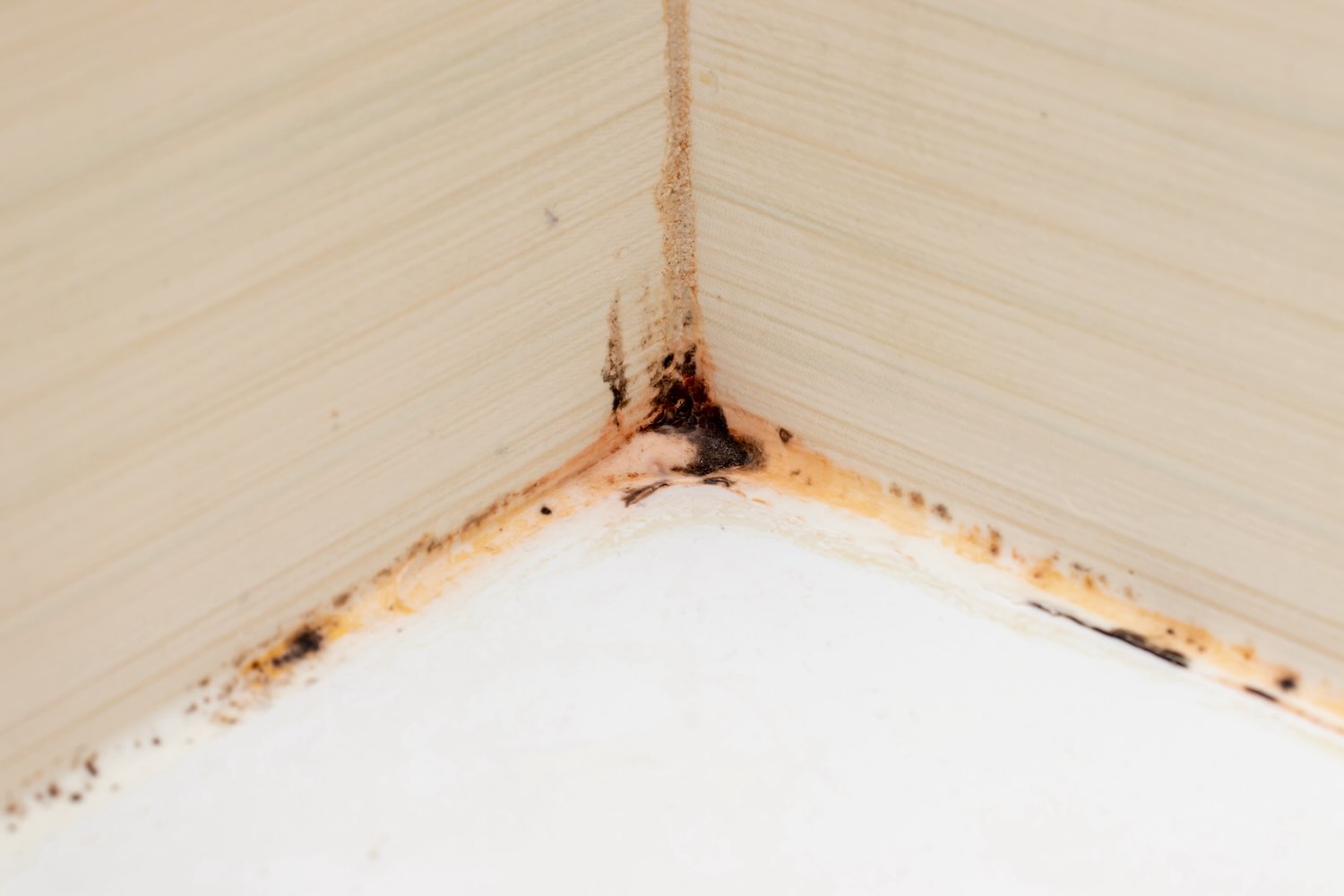
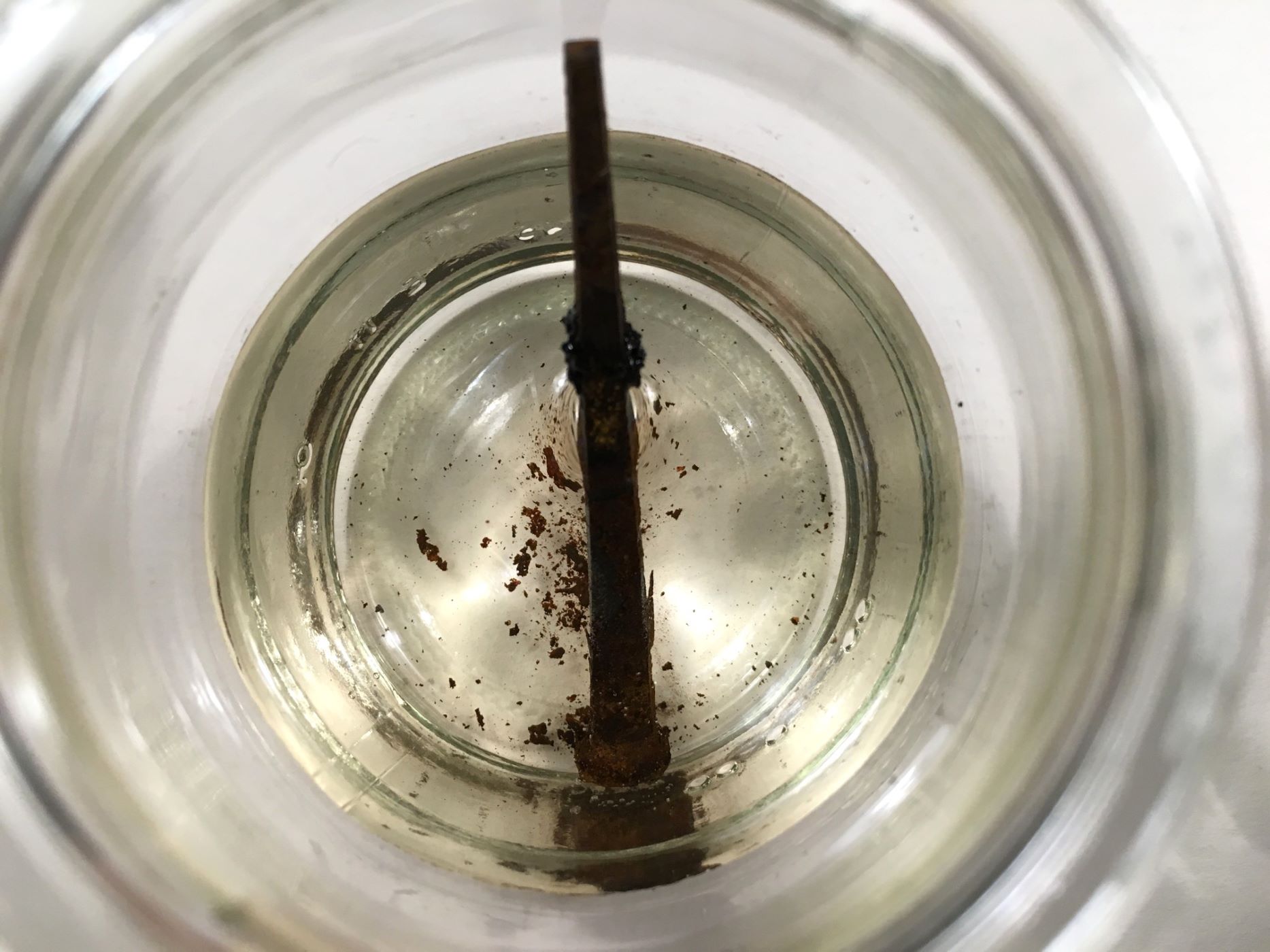
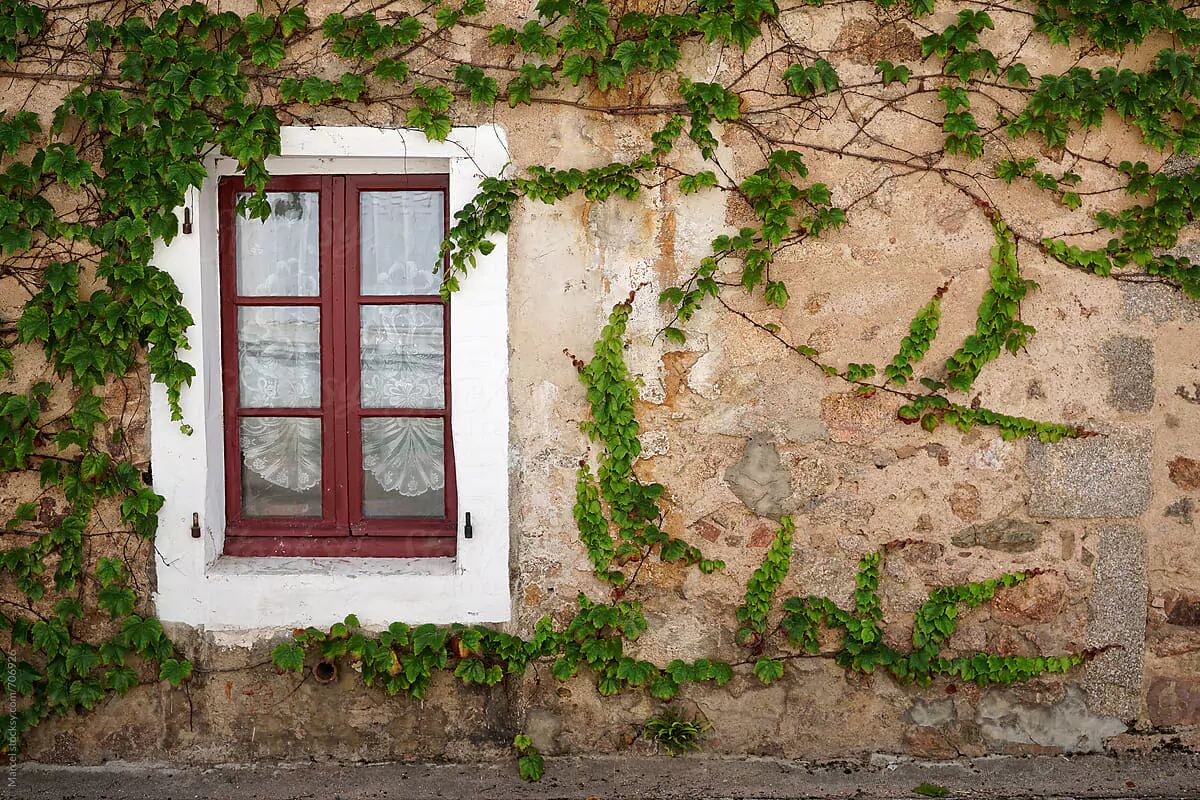
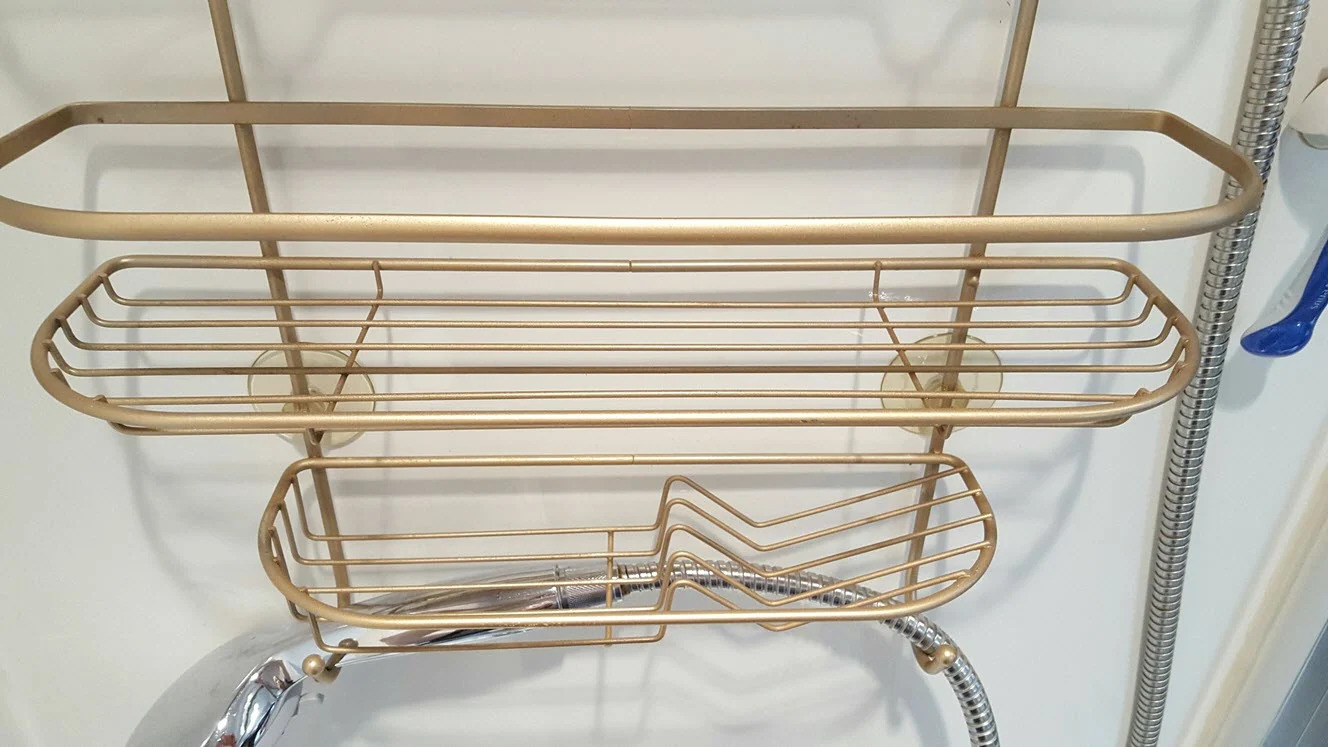
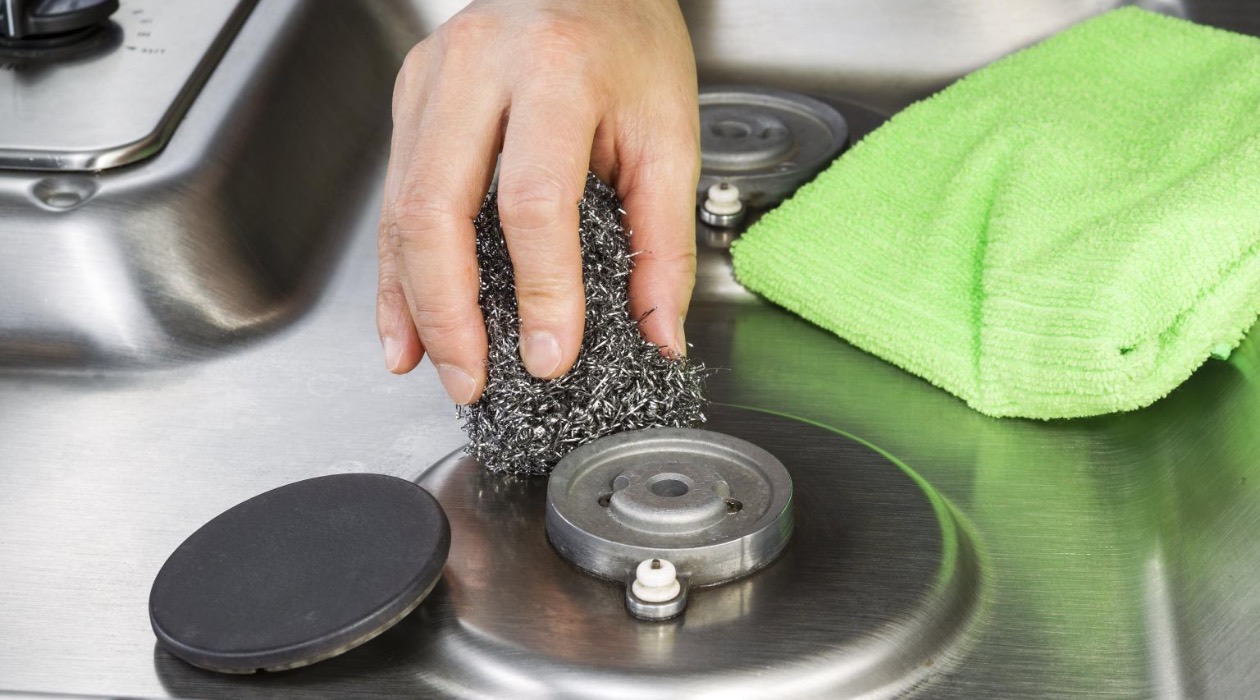
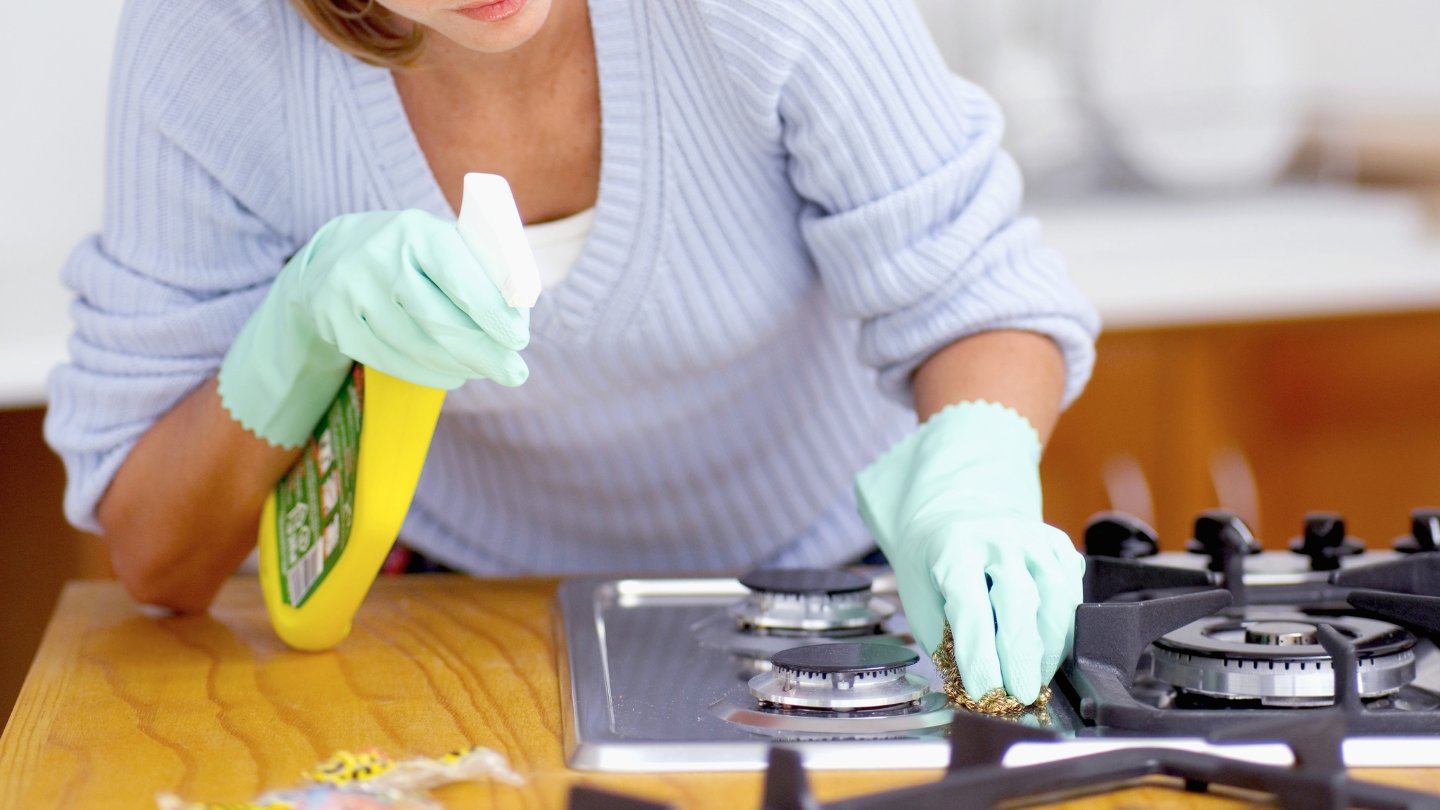
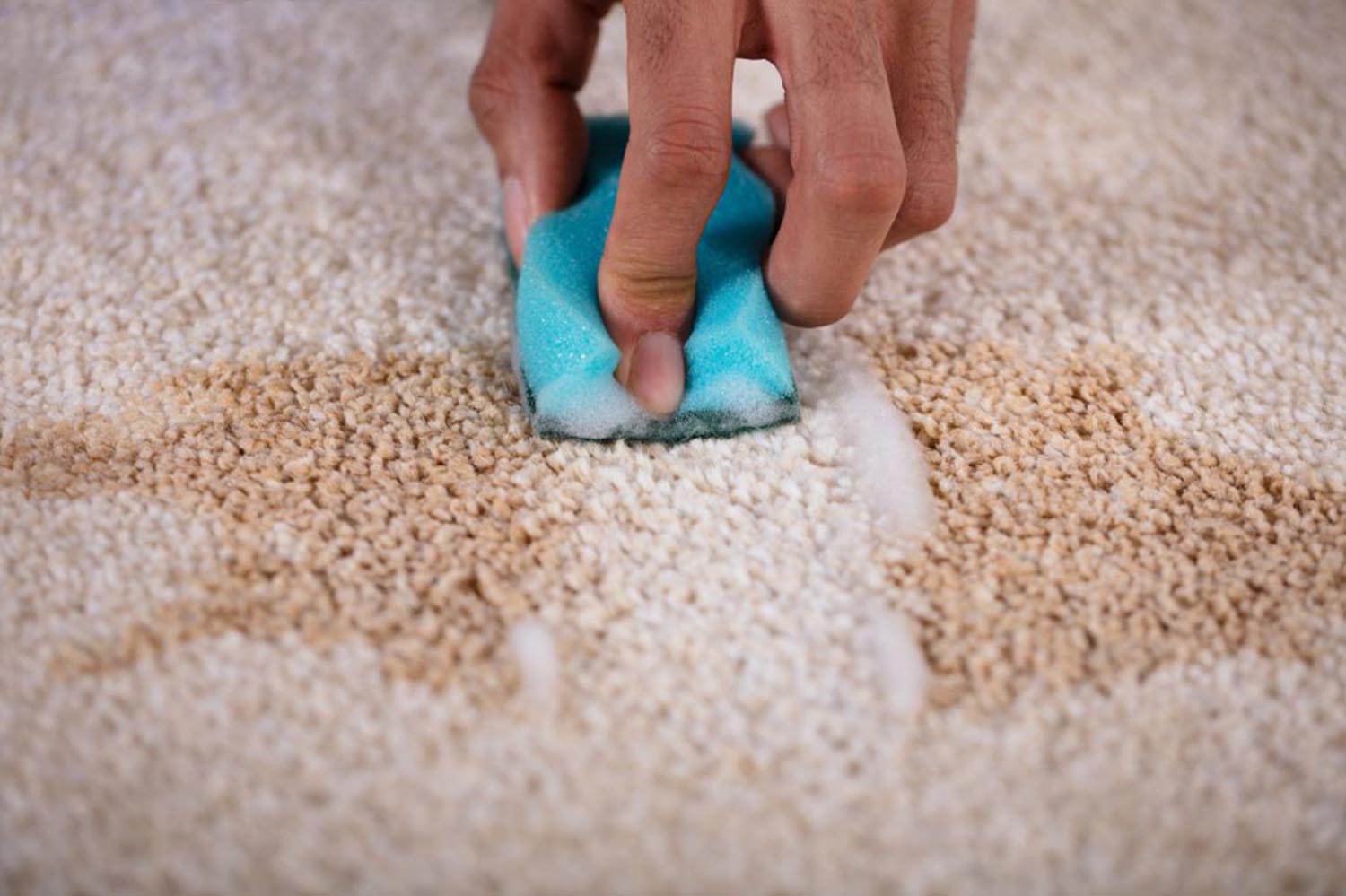
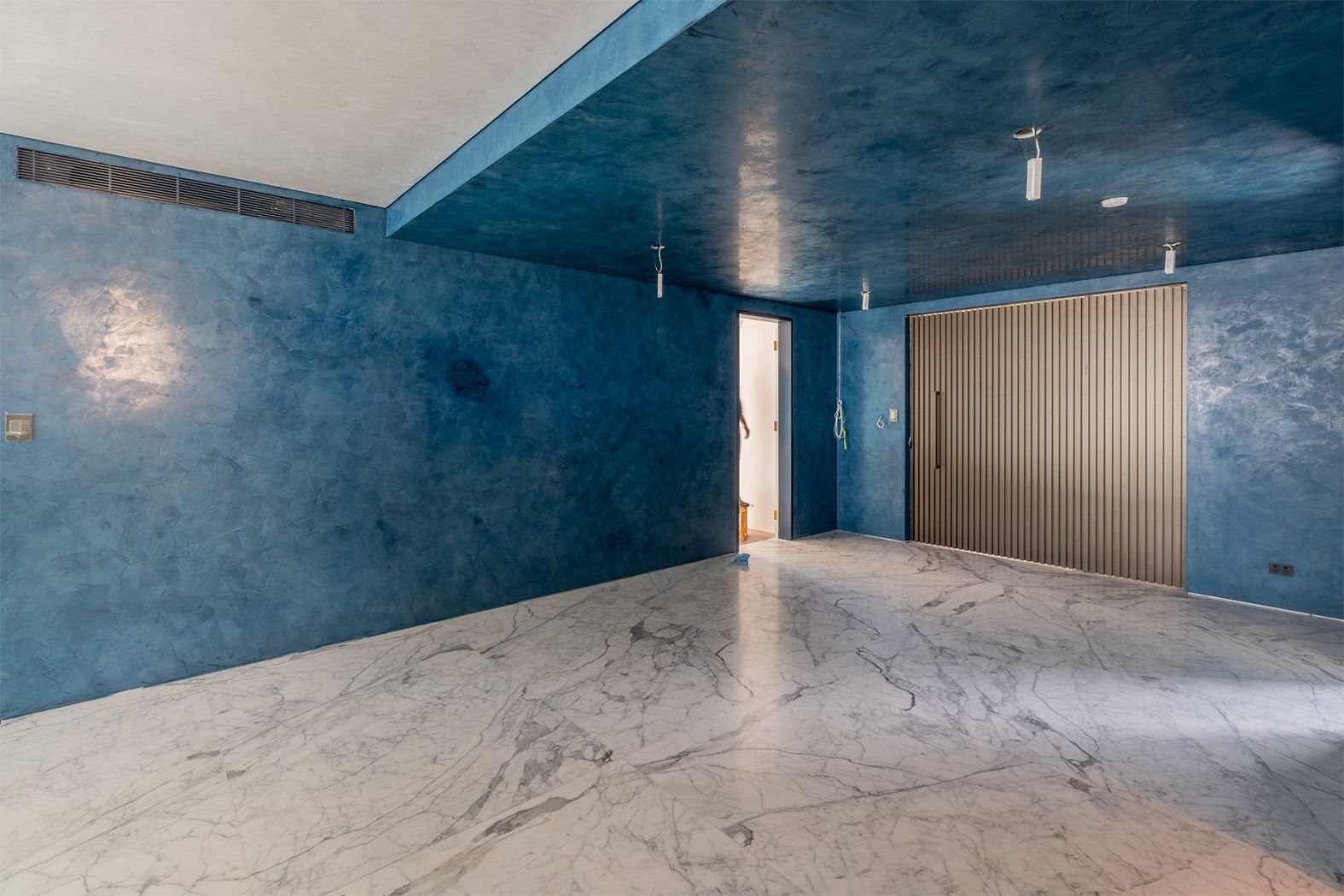
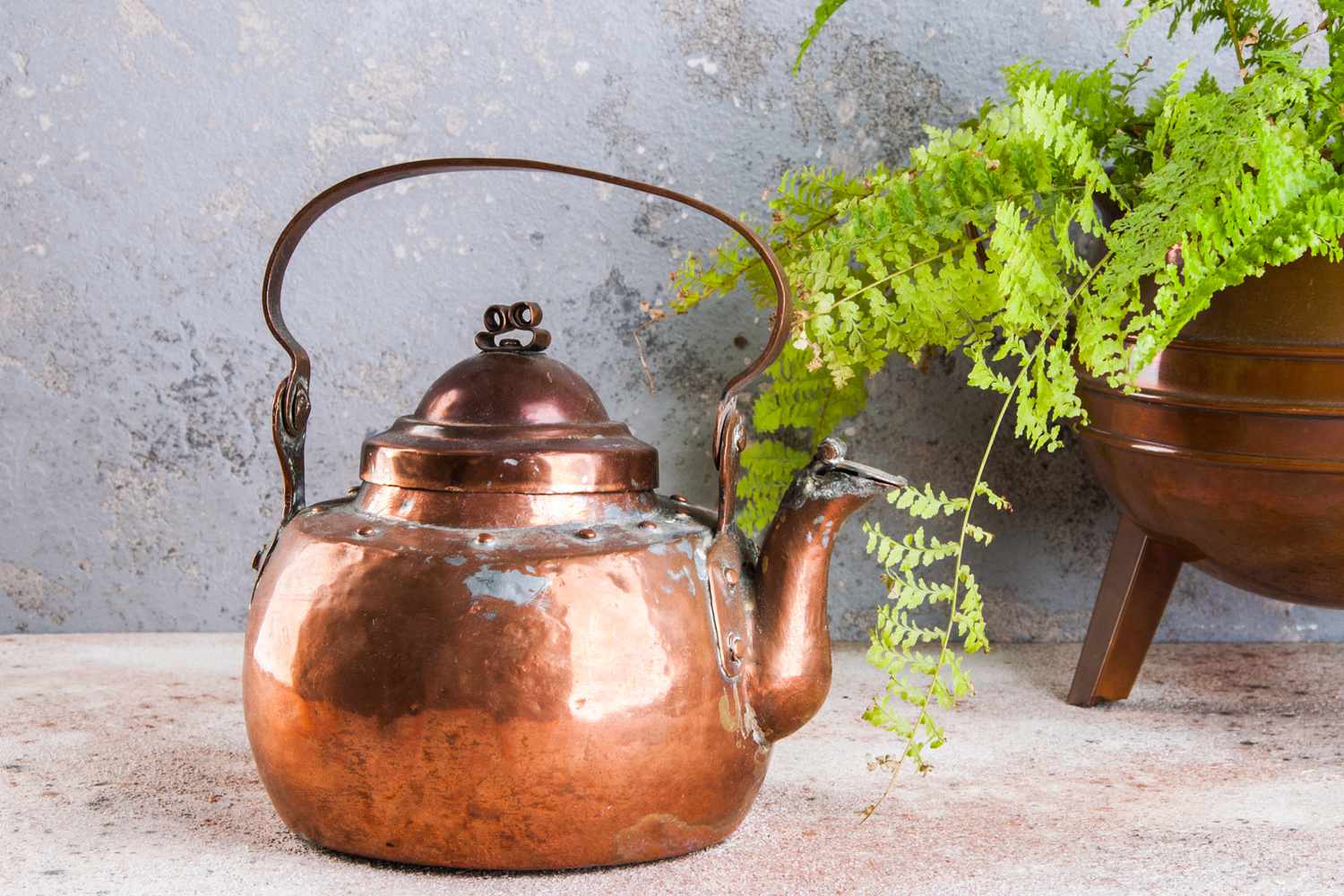
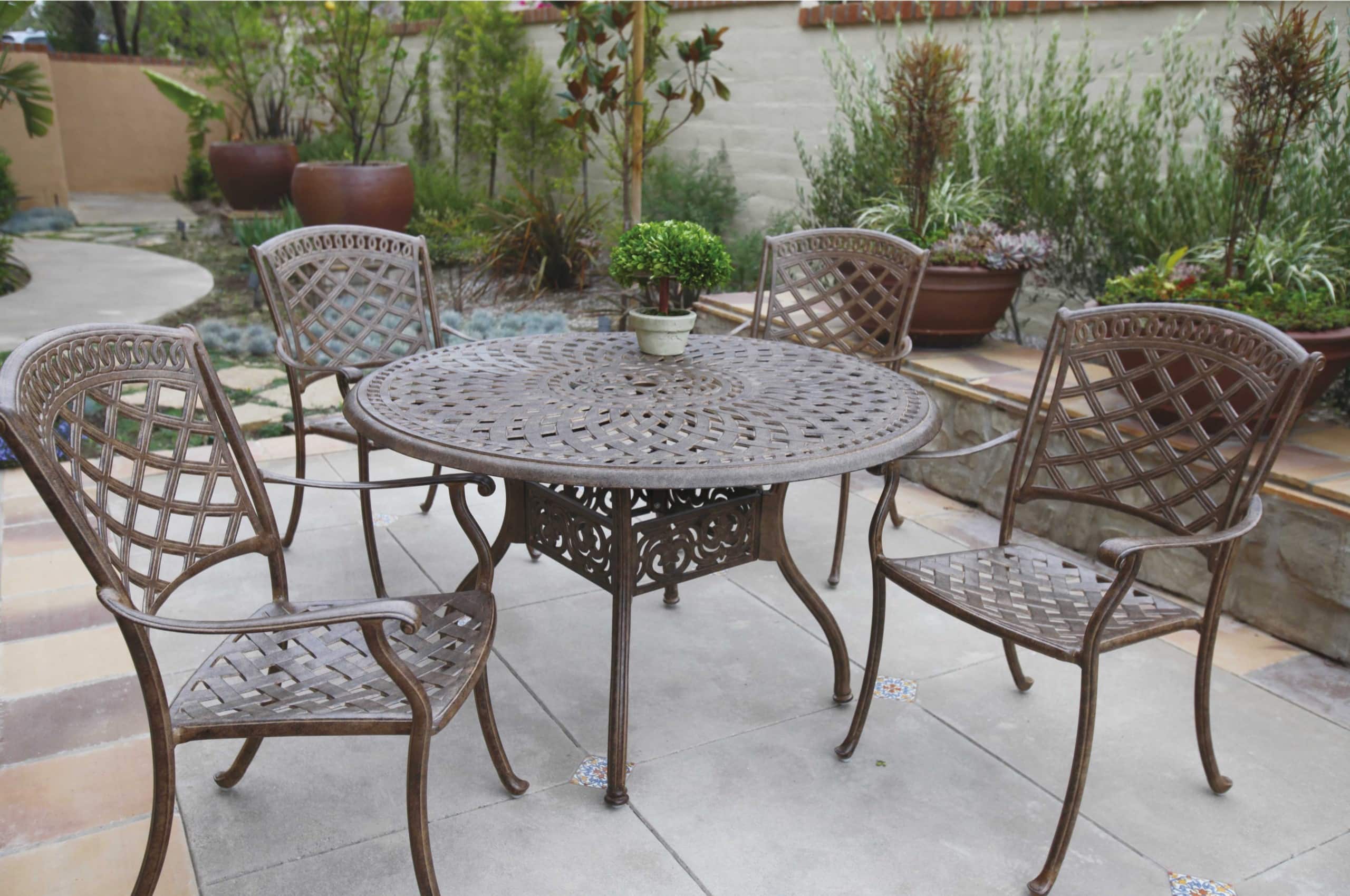
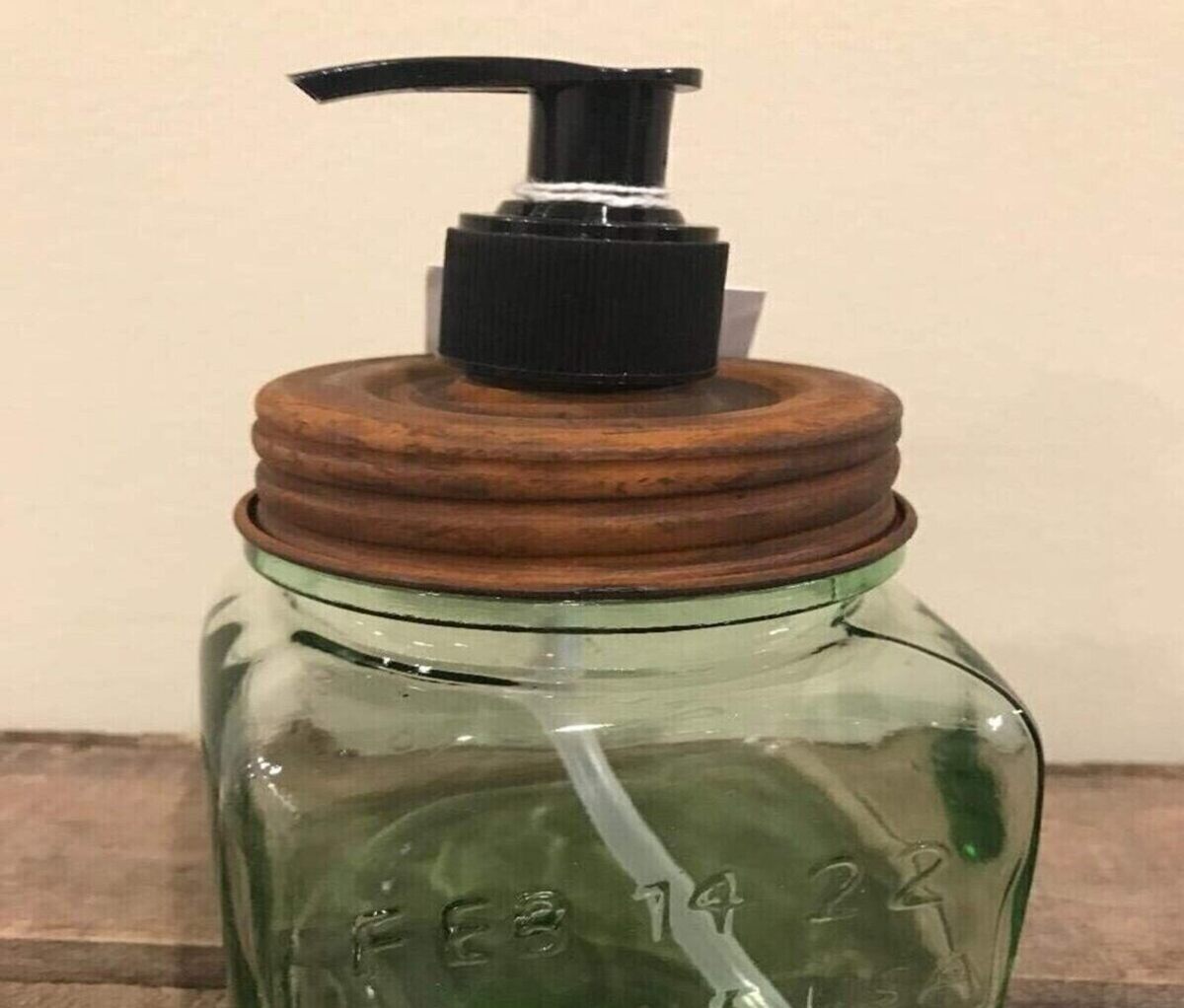
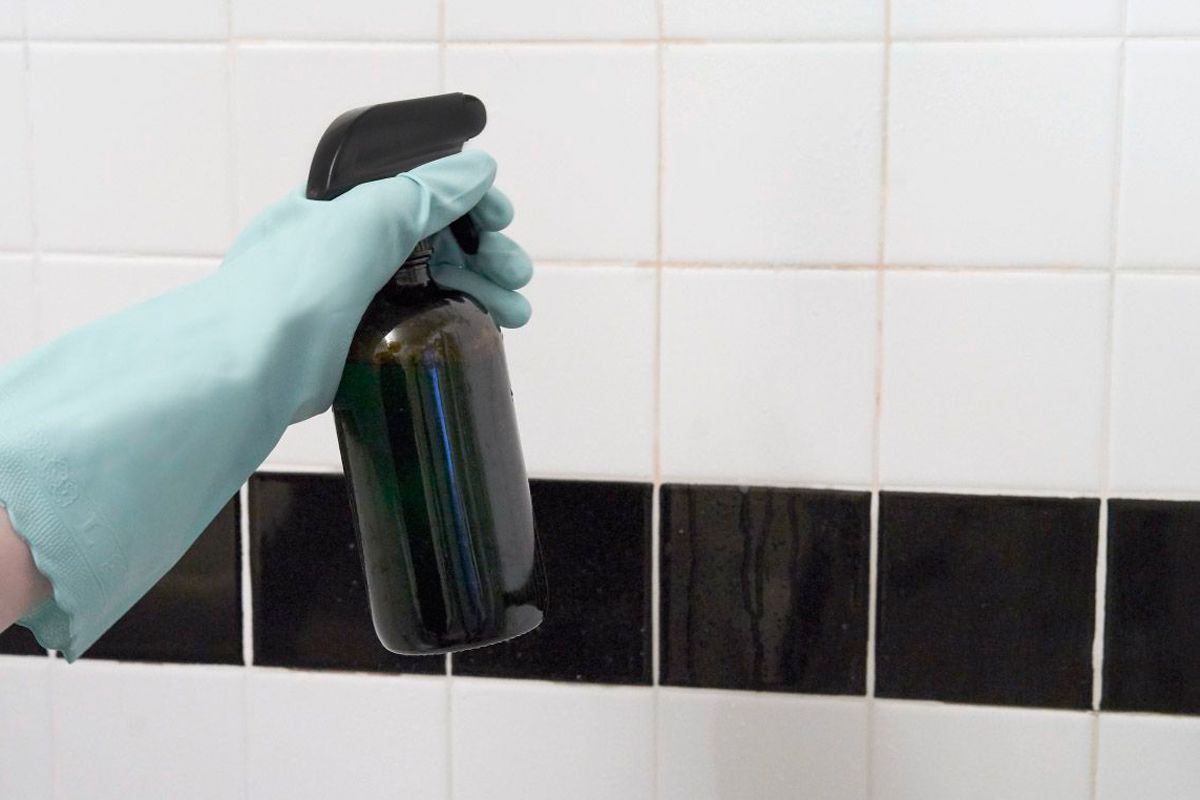
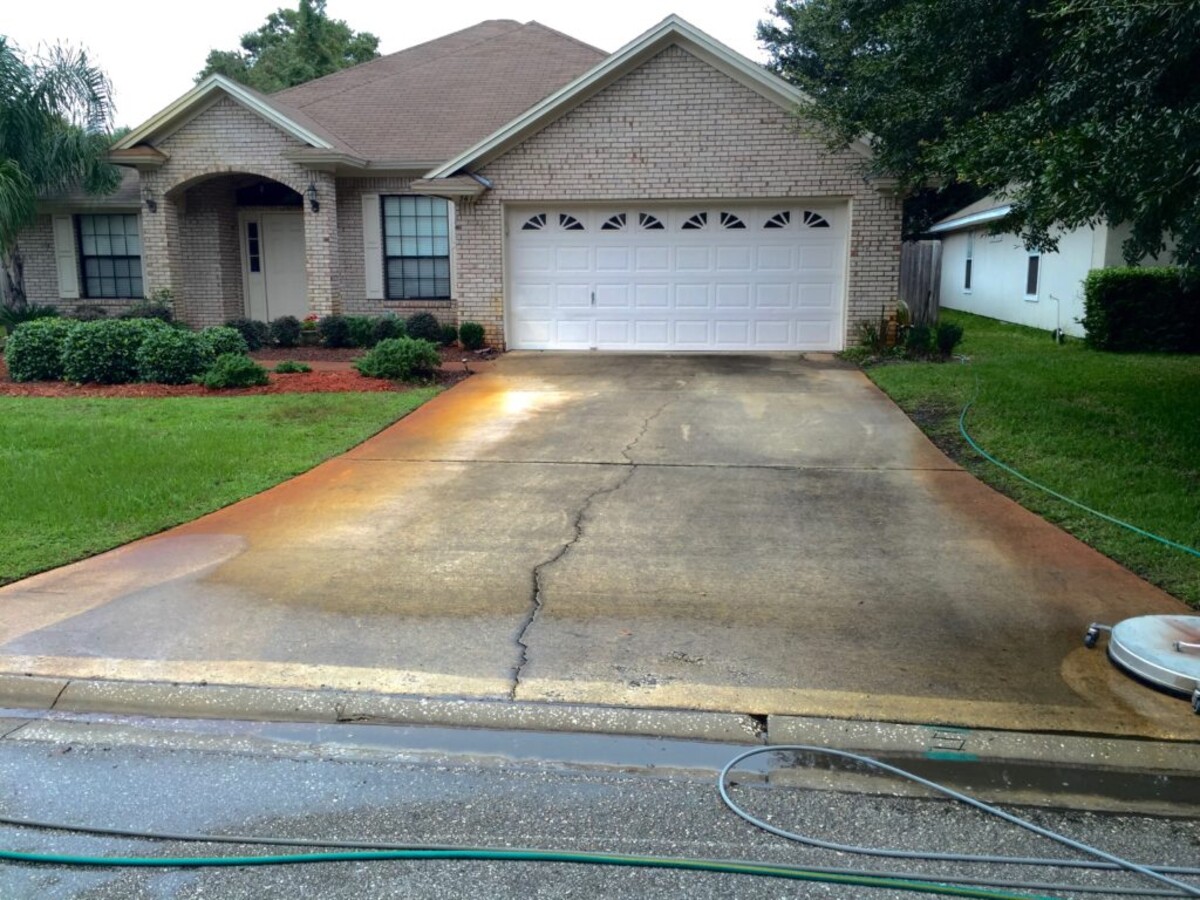

0 thoughts on “How To Remove Rust From Stucco”